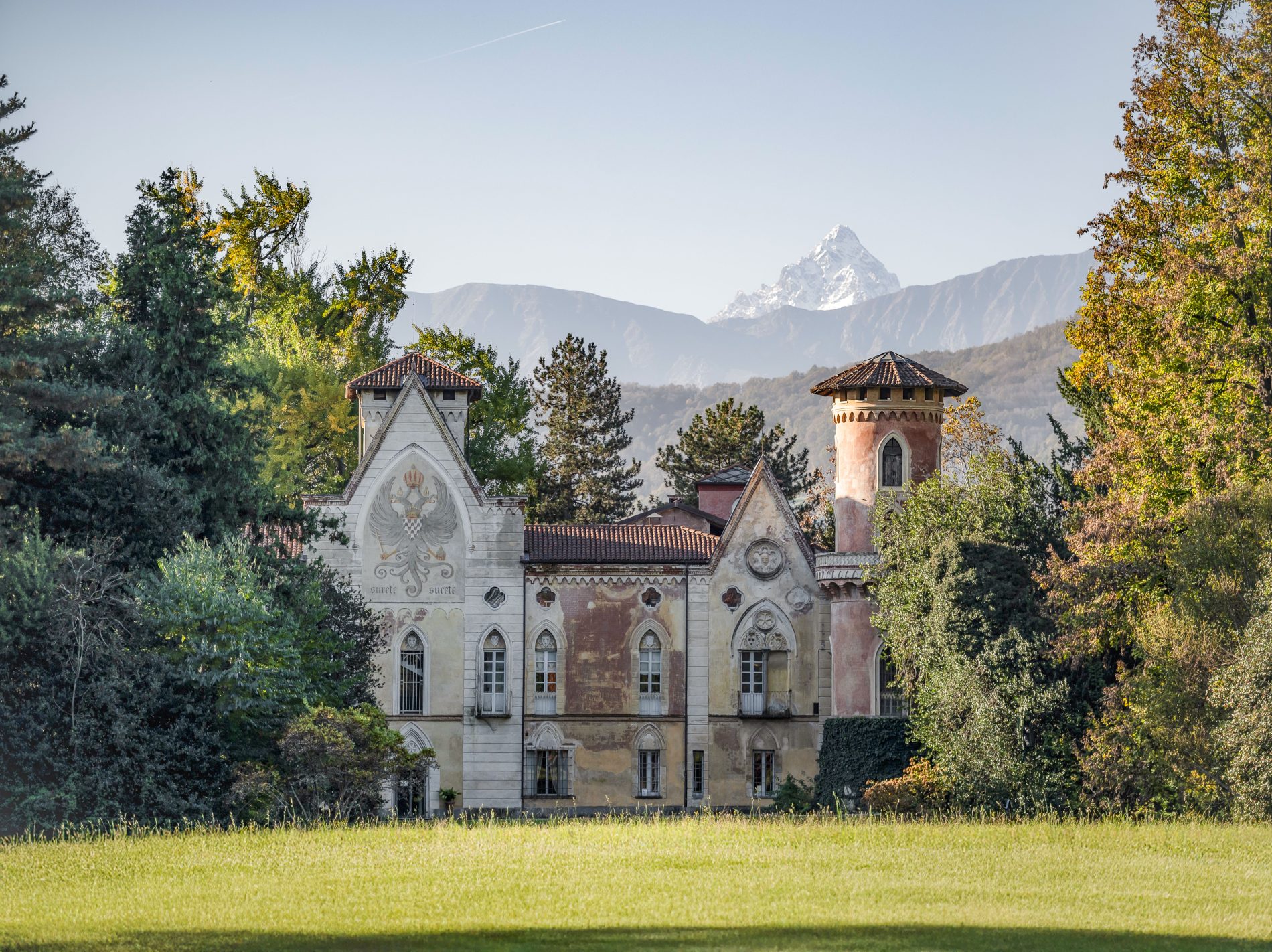Quest’area del Parco, con il fienile, il forno, il pollaio, il lavatoio e l’orto, testimonia la vocazione agricola della storica dimora e sottolinea la tipica coesistenza, nel giardino ottocentesco, di aree ornamentali e produttive.
L’Orto del Castello è rinato per volontà della Fondazione Cosso, che ha trovato nell’Architetto Paolo Pejrone un interlocutore prezioso e un interprete perfetto del desiderio di restituire a questo luogo la poesia di un tempo.
Sullo sfondo, i Tigli del Viale sembrano nascondersi l’uno dietro l’altro: i rami, come un baldacchino, si adagiano al suolo in affascinanti cascate.
Poco distante, il Taxodium distichum Monumentale è l’esemplare più maestoso tra quelli presenti nel Parco.
Historically, the estate attached to the castle was also a working farm, as evidenced by the barn, the kiln, the poultry coop, the wash house, and the vegetable patch in this corner of the park. The combination of ornamental spaces and agricultural areas and facilities was typical of the nineteenth-century garden.
For the Cosso Foundation, restoring the castle and park to their former glory and age-old charm also meant planting and bringing back to life the vegetable patch. Thanks to the precious work of architect Paolo Pejrone, that goal has been marvelously achieved.
The tree-lined avenue provides a compelling backdrop, where the lindens seem to hide and peep out from behind each other, their branches forming a romantic canopy that rests lightly on the ground. A short distance away stands the Monumental Taxodium distichum, the most majestic of all the bald cypresses that grow in the park.
